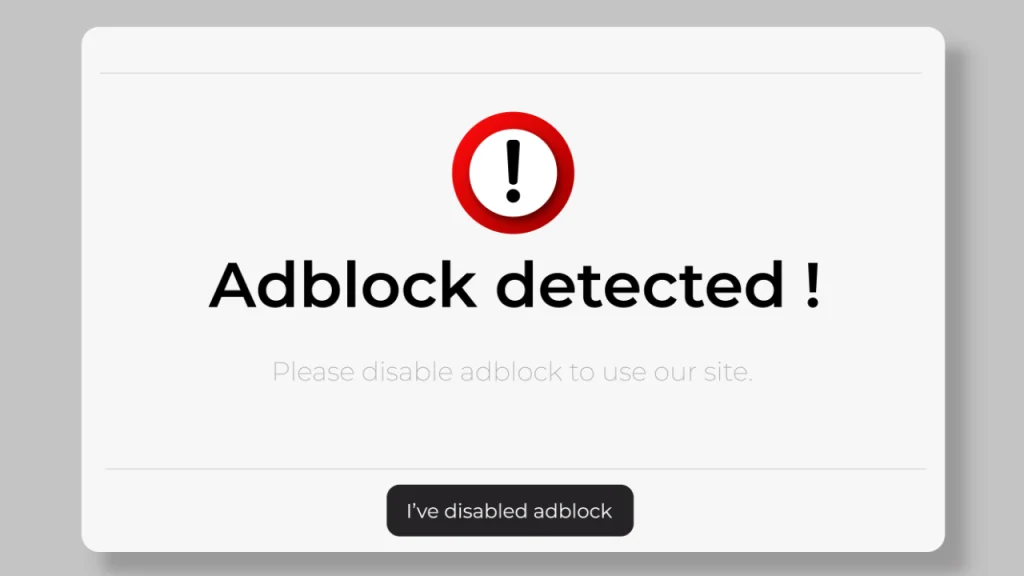Unintended Consequences: The Negative Impact of YouTube Testing Adblock Detection Software

Introduction:
YouTube, one of the most popular video-sharing platforms, has recently been testing adblock detection software to combat the growing use of adblockers. While YouTube’s intentions may be to protect its revenue streams and support content creators, the implementation of such software can have several negative implications. This article explores the potential downsides of YouTube’s decision to test adblock detection software, including user dissatisfaction, privacy concerns, and the impact on content creators.
I. User Dissatisfaction:
One of the primary concerns surrounding the implementation of adblock detection software on YouTube is the impact on user experience. Many viewers turn to adblockers to avoid intrusive and disruptive advertisements that hinder their browsing experience. By detecting and bypassing these adblockers, YouTube risks alienating its users and driving them away to alternative platforms that offer an ad-free experience.
Furthermore, the implementation of adblock detection software may lead to an arms race between adblockers and detection methods. As users adapt and find new ways to bypass YouTube’s detection, the platform may respond with increasingly aggressive measures, potentially further degrading the user experience. This cycle of retaliation could create a negative feedback loop, ultimately harming YouTube’s user base and reputation.
II. Privacy Concerns:
The testing of adblock detection software raises valid concerns about user privacy. Adblockers often rely on blocking scripts and elements that track user behavior and collect personal data. By deploying detection software, YouTube may need to employ more intrusive tracking methods to identify adblock users accurately. This could compromise user privacy and raise ethical questions regarding the collection and use of personal information without explicit consent.
Moreover, adblock detection software may inadvertently target users who have legitimate reasons for using adblockers, such as those concerned about online security or accessibility issues. By treating all adblock users as potential adversaries, YouTube risks penalizing those who rely on adblockers for genuine purposes, further eroding trust and user satisfaction.
III. Impact on Content Creators:
While YouTube aims to support content creators by implementing adblock detection software, there are potential negative consequences for these individuals as well. Content creators rely on advertisements as a primary source of revenue, but the introduction of detection software may reduce ad impressions and, consequently, their earnings. If a significant portion of viewers opt for adblockers or switch to ad-free alternatives, content creators may struggle to sustain their channels and produce high-quality content.
Additionally, the implementation of adblock detection software may lead to increased pressure on content creators to seek alternative monetization methods. These may include sponsored content or product placements, which could compromise the authenticity and transparency of their videos. Furthermore, content creators may need to invest additional time and resources into adapting to evolving detection methods, diverting their attention from content creation itself.
Conclusion:
While YouTube’s decision to test adblock detection software may be well-intentioned, it brings forth several negative consequences. User dissatisfaction, privacy concerns, and the potential financial strain on content creators are significant downsides to consider. YouTube must carefully weigh the benefits and drawbacks before implementing such software on a broader scale, ensuring that the interests and preferences of users and content creators are adequately addressed.
Striking a balance between revenue generation and user satisfaction is paramount in maintaining a sustainable and thriving platform. Exploring alternative strategies, such as developing less intrusive ad formats or offering premium, ad-free subscriptions, may prove more fruitful in addressing the concerns of all stakeholders. Ultimately, YouTube must prioritize user trust, privacy, and the overall viewing experience to navigate the complexities of adblocker usage successfully.